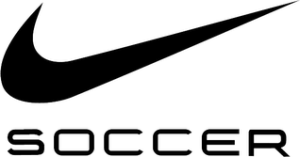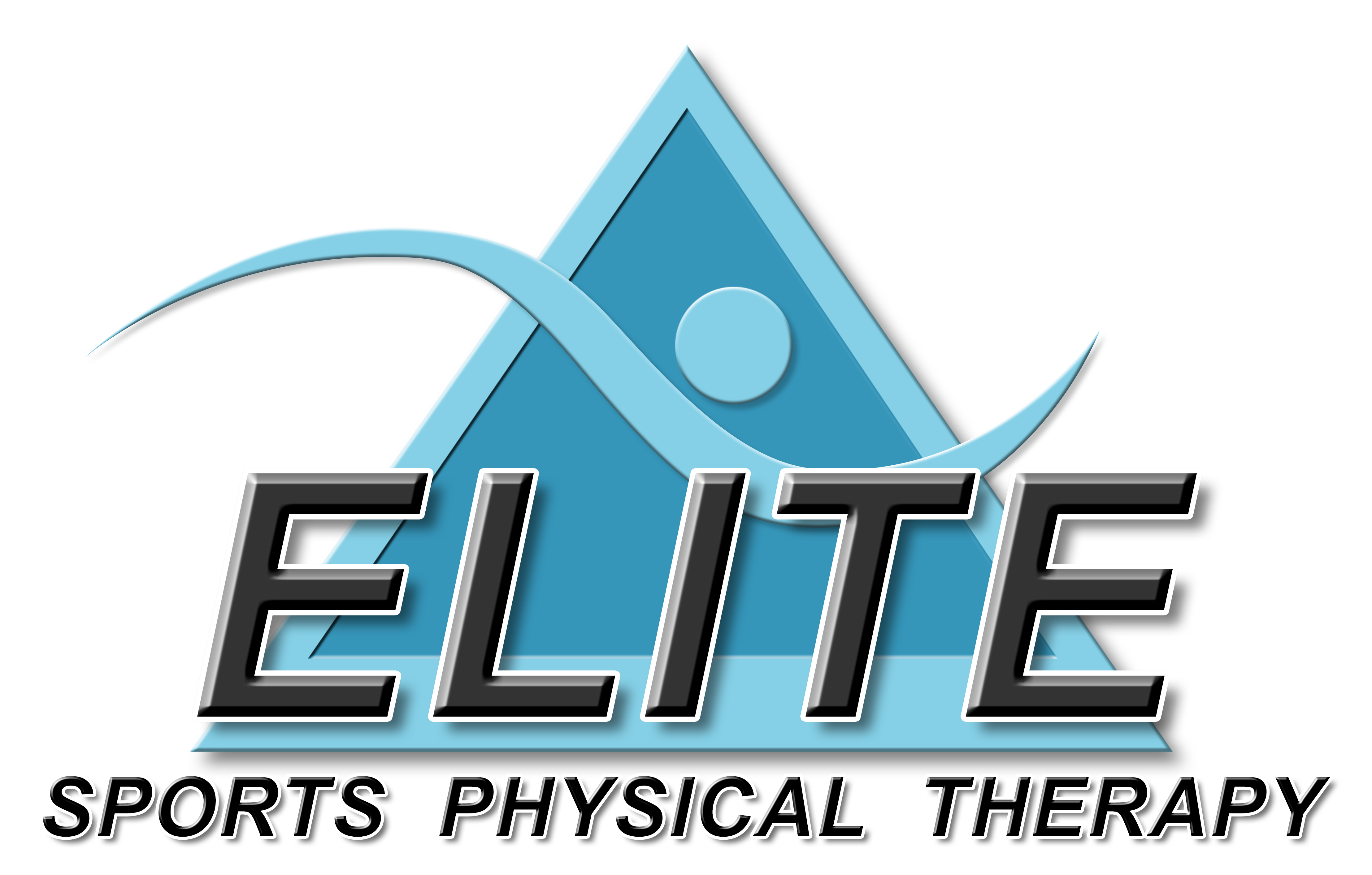How to Treat an MCL Sprain
Dr. Johnson, Professional Orthopaedic Associates
How to Treat MCL Injuries of the Knee
by Christopher Johnson, MD, FACS
Knee injuries, in active patients, are often the result of a combination of a twisting motion at the knee joint while the foot is planted. These injuries can injure soft tissue structures involving the knee, such as ligaments which stabilize the knee joint, as well as cartilages, which are important in providing cushioning and aide in absorption of the stress of impact. The medial collateral ligament or MCL is a ligament which stabilizes the inside part of the knee, particularly when the knee is changing direction from side to side. It can be injured when someone applies a significant side-to-side force across the knee. People often feel a stretching or pulling sensation with pain. They develop pain across the inside of the knee, which may radiate up or down the leg. People with significant MCL injuries often will have difficulty walking. They do not have as frequent swelling involving the knee which people like to call “water on the knee”.
It is important to make the best possible diagnosis with knee soft tissue injuries because this influences both the path of treatment and the best course to recover pre-injury activity levels. Unfortunately, the same mechanism of injury (that is changing direction under force) can injure other structures of the knee including the meniscal cartilages and more seriously other inside ligaments such as the anterior cruciate ligament or ACL.
If an injury like this occurs and the knee swells up immediately with fluid, this should be evaluated in an emergency room setting or at an orthopedists’ office. If no such swelling occurs, a trial of ice, anti-inflammatory medicine, and activity modification might result in decreased symptoms involving the knee. If, however, this does not decrease after a few days of treatment and is associated with both pain and/or instability this also would prompt an evaluation at an orthopaedic surgeons’ office. Appropriate imaging studies such as x-rays and an MRI may be obtained. Initial treatment including anti-inflammatory medicine, bracing, etc. is also commonly used for treating this injury. MCL injuries are divided into groups according to severity. Similar to other ligaments there are Grade 1, 2 and 3 injuries of increasing severity. The more severe the ligament injury, the more time is required to treat it. A MCL injury can be successfully treated non-operatively in the overall majority of patients.



.png)

